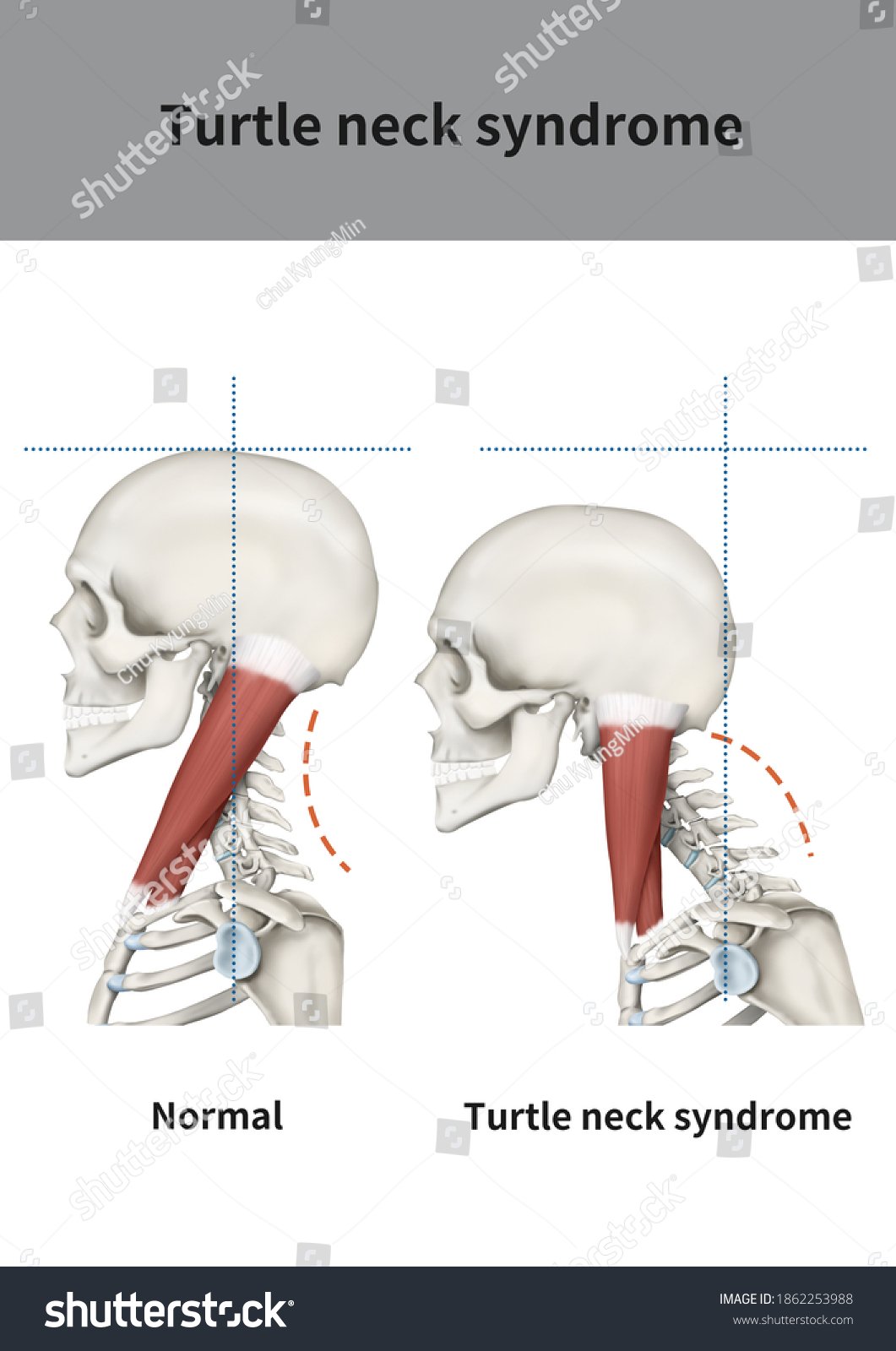Turtleneck syndrome is a common yet overlooked issue affecting many individuals. It occurs when tight clothing restricts blood flow and causes discomfort. This can lead to various health concerns and reduce overall well-being. If you’ve ever experienced numbness or tingling in your neck or shoulders, you might be familiar with the symptoms of turtleneck syndrome. In this article, we will explore the causes, symptoms, and possible solutions to help you address this issue and improve your quality of life.
The Curious Case of Turtleneck Syndrome: Unraveling the Mystery
Welcome, curious minds, as today we delve into the intriguing world of ‘Turtleneck Syndrome’. You may be wondering, what is this mysterious condition that sounds both funny and serious at the same time? Well, stay tuned as we uncover the secrets behind this peculiar phenomenon that has been causing quite a stir!
What Exactly is Turtleneck Syndrome?
Imagine waking up one day and feeling like your neck has magically disappeared into your shirt. That’s the essence of Turtleneck Syndrome! It’s when your collar feels like it’s giving you a tight hug around your neck, making you feel like a cozy turtle hiding in its shell.
The Symptoms of Turtleneck Syndrome
One of the key symptoms of Turtleneck Syndrome is the sensation of your shirt collar pressing against your neck, almost as if it’s trying to suffocate you (though rest assured, it’s not as dramatic as it sounds!). You might find yourself constantly pulling at your shirt, trying to create some breathing room for your poor neck.
The Causes of Turtleneck Syndrome
So, why does Turtleneck Syndrome happen in the first place? One common cause is wearing a shirt with a tight or high collar that doesn’t leave much room for movement. When the fabric rubs against your skin, it can irritate the sensitive nerves in your neck, triggering that uncomfortable sensation.
How to Combat Turtleneck Syndrome
Don’t worry, there are simple ways to tackle Turtleneck Syndrome and reclaim your neck from the clutches of your shirt collar! Here are some tips:
1. Choose the Right Shirts
Opt for shirts with lower or looser collars that won’t constrict your neck. You can go for stylish V-necks or scoop necks that give your neck the freedom it deserves.
2. Fabric Matters
When shopping for shirts, pay attention to the fabric. Soft and breathable materials like cotton can prevent irritation and keep Turtleneck Syndrome at bay.
3. Adjust Your Collar
If you find yourself in a tight collar situation, don’t hesitate to adjust it. Just a little tweak can make a world of difference in how comfortable you feel.
4. Stay Mindful
Pay attention to how your neck feels throughout the day. If you notice any discomfort, take a moment to adjust your shirt and give your neck some relief.
Embracing Your Unique Style
While Turtleneck Syndrome may be a funny quirk, it’s also a reminder to listen to your body and prioritize comfort. Don’t be afraid to experiment with different shirt styles and find what works best for you. After all, fashion should be fun and comfortable!
The Final Word on Turtleneck Syndrome
As we conclude our journey into the world of Turtleneck Syndrome, remember that it’s a light-hearted reminder to stay true to yourself and your comfort. So, the next time you feel your collar creeping up on your neck, just give it a gentle tug and carry on with a smile, knowing you’re equipped to tackle any fashion faux pas that comes your way!
Turtle 🐢 neck: Platysma Stretch
Frequently Asked Questions
What are the symptoms of turtleneck syndrome?
Turtleneck syndrome, also known as text neck, is characterized by symptoms such as neck pain, stiffness, headaches, and shoulder discomfort. Individuals may also experience tingling or numbness in the arms and hands due to prolonged poor posture while using electronic devices.
How can turtleneck syndrome be prevented?
To prevent turtleneck syndrome, it is important to maintain good posture while using electronic devices. Taking regular breaks, adjusting the height of screens to eye level, and practicing neck exercises can help reduce the risk of developing this syndrome.
Is turtleneck syndrome treatable?
Turtleneck syndrome can be treated through a combination of lifestyle modifications, physical therapy, and pain management techniques. It is essential to address the underlying causes such as poor posture and excessive screen time to alleviate symptoms and prevent recurrence.
Final Thoughts
In conclusion, turtleneck syndrome can result from poor posture and excessive phone usage. It causes strain on the neck and shoulders, leading to discomfort and potential long-term health issues. To prevent turtleneck syndrome, consider maintaining good posture and taking regular breaks from looking down at your devices. Remember, being mindful of your neck position is key to avoiding this modern-day ailment. Take care of your posture to avoid the negative effects of turtleneck syndrome.





